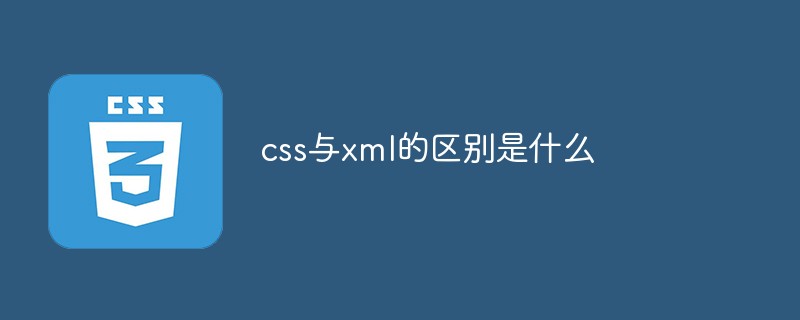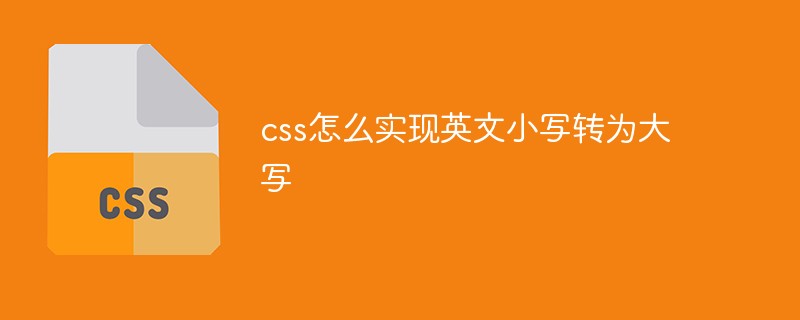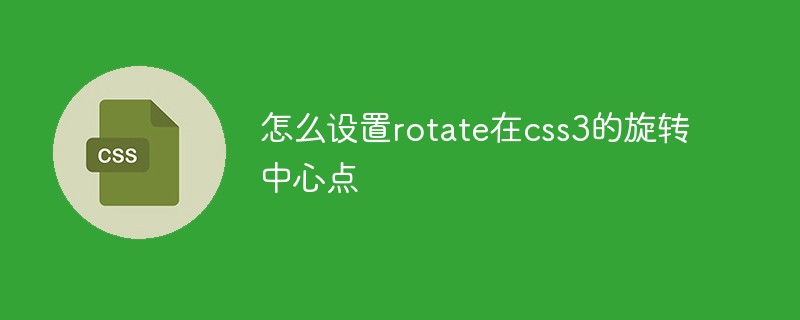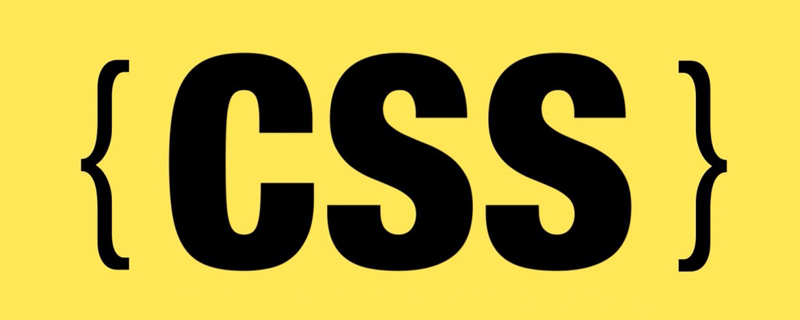In CSS, you can use the border-image attribute to achieve a lace border. The border-image attribute can use images to create borders, that is, add a background image to the border. You only need to specify the background image as a lace style; the syntax "border-image: url (image path) offsets the image border width inward. Whether outset is repeated;".

The operating environment of this tutorial: Windows 7 system, CSS3&&HTML5 version, Dell G3 computer.
In CSS, you can use the border-image attribute to achieve a lace border.
css border-image attribute
The border-image attribute can use images to create borders, that is, add a background image to the border . That's right, pictures can also be added to the usual small strip of borders.
border-image is a shorthand attribute:
border-image-source: used to specify the location of the image to be used to draw the border
border-image-slice: The image border is offset inward
border-image-width: The width of the image border
border-image-outset: Used to specify the amount of border-image-area drawn outside the border
border-image-repeat: Used to set whether the image border should be repeated (repeat ), stretch or round.
Omitted values are set to their default values.
1. border-image-source: url()
Set the path of the border image

2. border-image-slice: 100 100 100 100 fill
is used to specify the 4 positions from which to split the image (following the order of top, right, bottom and left).
You can fill in 5 parameters. The first 1~4 parameters are divided according to the position of the line, in the order of top, right, bottom and left. The value setting is the same as the abbreviation of other values. 2 values are provided That is, up, down and left and right. Provide 1 value to set the position of 4 lines. Note that only numbers and percentages can be filled in, and px cannot be added. 100 is equal to 100px
So how is it divided? See the picture below for a detailed explanation. It may look a bit messy, but if you look carefully, you can still understand it. The blue number 9 is the content area. If the fifth parameter fill is not filled in, it will be blank.


3. border-image-width: 1
Set the border The width of the image. You can set numbers, and px. Numbers mean how many times they are. If it is 1, it is 1 * border-width, and auto can also be set. The calculation method of auto is to take the value of border-image-slice and then add px. If the value of border-image-slice is 100, then take it and add px to get 100px.


##4. border-image-outset: 100px 100px 100px 100px
In the original On the basis of this, the top, right, bottom and left are expanded by 100px, which can be abbreviated. You can also set numbers, and the same goes for numbers. It means several times. 1 represents 1 times, that is,1* border-width(100) = 100px

5, border- image-repeat:
Parameters:stretch repeat round space

Finally, the abbreviation:
border-image: url(./img/Snipaste_2019-07-16_16-39-16.png) 100 space; /* 简写: 三个参数 source slice repeat */(Learning video sharing:
css video tutorial, web front-end)
The above is the detailed content of How to implement lace borders in css3. For more information, please follow other related articles on the PHP Chinese website!
 css ul标签怎么去掉圆点Apr 25, 2022 pm 05:55 PM
css ul标签怎么去掉圆点Apr 25, 2022 pm 05:55 PM在css中,可用list-style-type属性来去掉ul的圆点标记,语法为“ul{list-style-type:none}”;list-style-type属性可设置列表项标记的类型,当值为“none”可不定义标记,也可去除已有标记。
 css与xml的区别是什么Apr 24, 2022 am 11:21 AM
css与xml的区别是什么Apr 24, 2022 am 11:21 AM区别是:css是层叠样式表单,是将样式信息与网页内容分离的一种标记语言,主要用来设计网页的样式,还可以对网页各元素进行格式化;xml是可扩展标记语言,是一种数据存储语言,用于使用简单的标记描述数据,将文档分成许多部件并对这些部件加以标识。
 css3怎么实现鼠标隐藏效果Apr 27, 2022 pm 05:20 PM
css3怎么实现鼠标隐藏效果Apr 27, 2022 pm 05:20 PM在css中,可以利用cursor属性实现鼠标隐藏效果,该属性用于定义鼠标指针放在一个元素边界范围内时所用的光标形状,当属性值设置为none时,就可以实现鼠标隐藏效果,语法为“元素{cursor:none}”。
 css怎么设置i不是斜体Apr 20, 2022 am 10:36 AM
css怎么设置i不是斜体Apr 20, 2022 am 10:36 AM在css中,可以利用“font-style”属性设置i元素不是斜体样式,该属性用于指定文本的字体样式,当属性值设置为“normal”时,会显示元素的标准字体样式,语法为“i元素{font-style:normal}”。
 rtl在css是什么意思Apr 24, 2022 am 11:07 AM
rtl在css是什么意思Apr 24, 2022 am 11:07 AM在css中,rtl是“right-to-left”的缩写,是从右往左的意思,指的是内联内容从右往左依次排布,是direction属性的一个属性值;该属性规定了文本的方向和书写方向,语法为“元素{direction:rtl}”。
 css怎么实现英文小写转为大写Apr 25, 2022 pm 06:35 PM
css怎么实现英文小写转为大写Apr 25, 2022 pm 06:35 PM转换方法:1、给英文元素添加“text-transform: uppercase;”样式,可将所有的英文字母都变成大写;2、给英文元素添加“text-transform:capitalize;”样式,可将英文文本中每个单词的首字母变为大写。
 怎么设置rotate在css3的旋转中心点Apr 24, 2022 am 10:50 AM
怎么设置rotate在css3的旋转中心点Apr 24, 2022 am 10:50 AM在css3中,可以用“transform-origin”属性设置rotate的旋转中心点,该属性可更改转换元素的位置,第一个参数设置x轴的旋转位置,第二个参数设置y轴旋转位置,语法为“transform-origin:x轴位置 y轴位置”。


Hot AI Tools

Undresser.AI Undress
AI-powered app for creating realistic nude photos

AI Clothes Remover
Online AI tool for removing clothes from photos.

Undress AI Tool
Undress images for free

Clothoff.io
AI clothes remover

AI Hentai Generator
Generate AI Hentai for free.

Hot Article

Hot Tools

ZendStudio 13.5.1 Mac
Powerful PHP integrated development environment

MinGW - Minimalist GNU for Windows
This project is in the process of being migrated to osdn.net/projects/mingw, you can continue to follow us there. MinGW: A native Windows port of the GNU Compiler Collection (GCC), freely distributable import libraries and header files for building native Windows applications; includes extensions to the MSVC runtime to support C99 functionality. All MinGW software can run on 64-bit Windows platforms.

Notepad++7.3.1
Easy-to-use and free code editor

VSCode Windows 64-bit Download
A free and powerful IDE editor launched by Microsoft

SAP NetWeaver Server Adapter for Eclipse
Integrate Eclipse with SAP NetWeaver application server.






